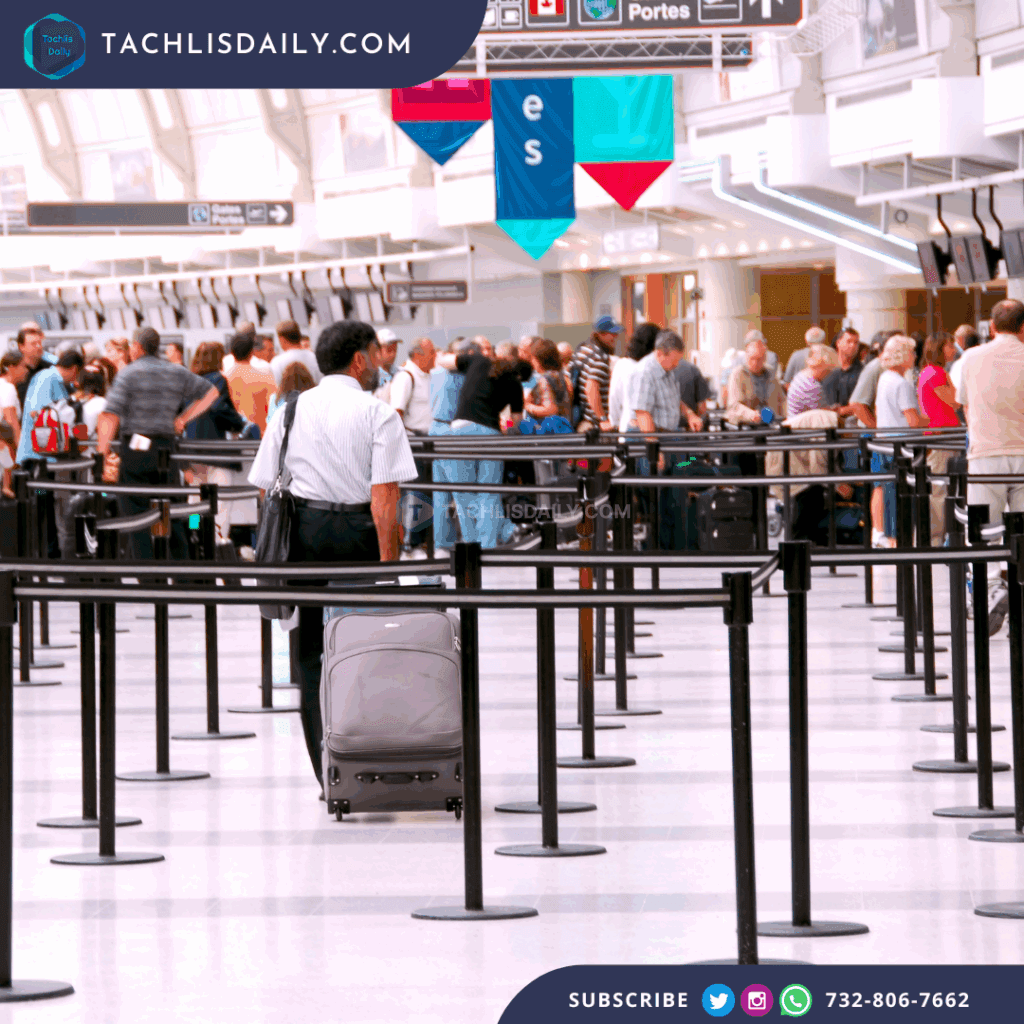One of the most frustrating rituals of modern air travel has officially come to an end. As of Monday, July 7, passengers at all U.S. airports will no longer be required to remove their shoes during security screening, regardless of whether they’re enrolled in TSA PreCheck. This sweeping update marks the most significant overhaul to airport screening procedures in more than two decades.
The new policy applies universally, with the only exception being travelers who cannot present a REAL ID-compliant form of identification. The move is designed to modernize the travel experience, reduce security line congestion, and align protocols with the capabilities of next-generation screening technology.
Introduced in the aftermath of a 2001 attempted bombing by Richard Reid — the so-called “Shoe Bomber” — the shoe removal rule became one of the most visible symbols of post-9/11 air travel restrictions. Despite the lack of any similar shoe-related threats in over 20 years, the requirement persisted, drawing criticism from travelers and lawmakers alike for its inconvenience and questionable necessity.
Now, thanks to substantial advancements in security scanning systems, TSA says that shoes can safely remain on feet without increasing the risk to public safety. These upgraded scanners, now in place at the vast majority of major airports, are capable of detecting potential threats in footwear without passengers having to remove them.
The shift also comes amid growing political and public pressure for TSA reform. Long lines, inconsistent procedures, and complaints of invasive practices have increasingly drawn scrutiny. In fact, recent debates in Congress have revived conversations about whether the TSA’s role should be restructured or even outsourced to airlines.
In response to this criticism, TSA’s new policy reflects a desire to ease passenger frustrations without compromising national security. The hope is that by eliminating one of the most burdensome elements of the screening process, airports will experience faster throughput and a less stressful environment for travelers.
For many, the change will be a welcome relief. Parents juggling young children, older adults, travelers with mobility challenges, and anyone who has ever fumbled through security barefoot will now find the process more manageable. It’s also a nod to equity in screening, as a key perk once exclusive to TSA PreCheck members is now available to all.
That said, the move may prompt some travelers to reconsider the value of PreCheck. While it still offers benefits like shorter lines and the ability to keep laptops and liquids in bags, its exclusivity has arguably been diminished.
Programs like TSA Cares which provides personalized support for passengers with disabilities, medical conditions, or young children may see increased interest as travelers look for meaningful assistance in areas where it’s most needed.











